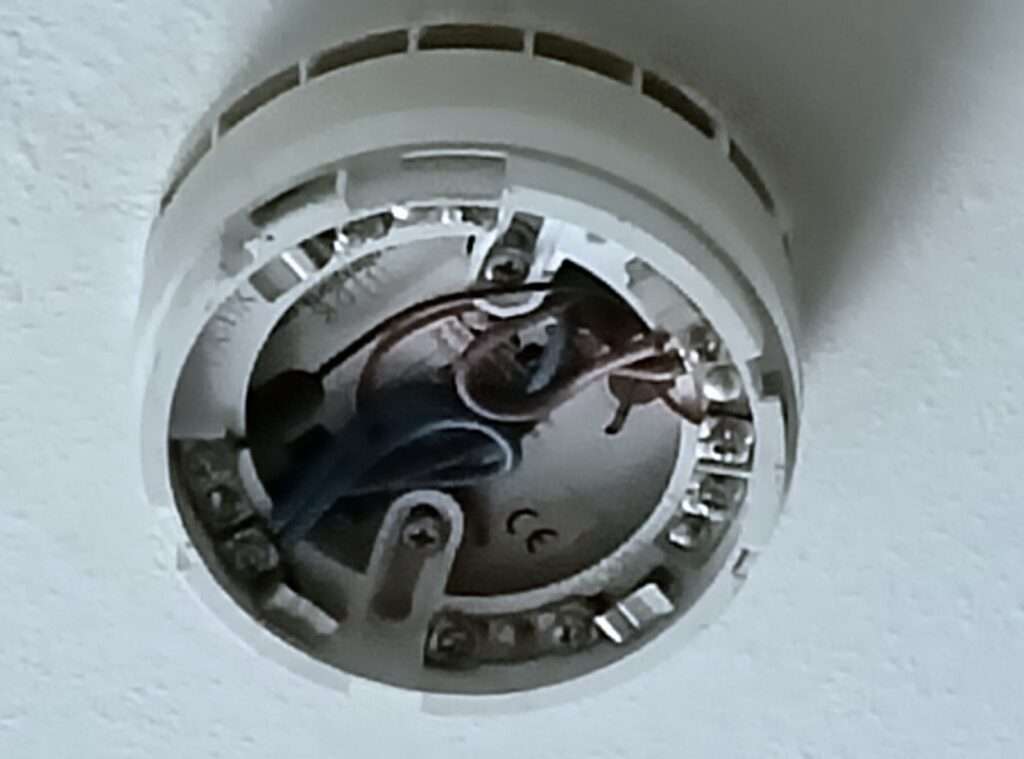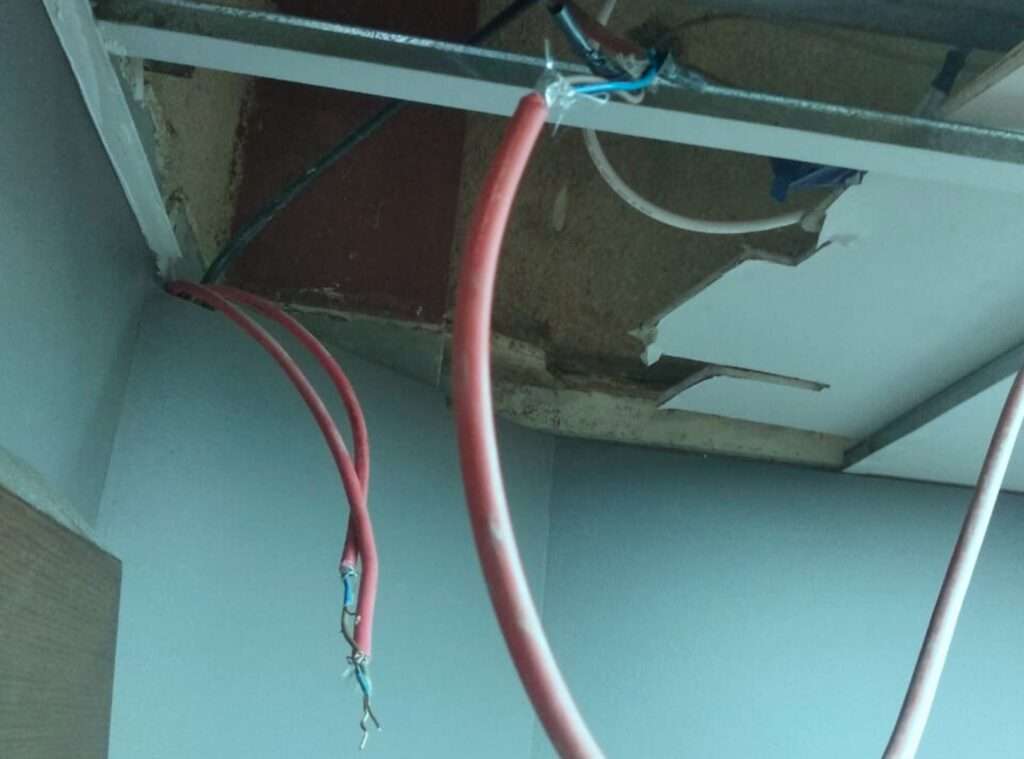Addressable Fire Alarm System and Troubleshooting
Welcome to Addressable Fire Alarm System Faults and Troubleshooting this is on the different ways of faults in Addressable Fire Alarm systems. This way, we will discuss troubleshooting ground faults in fire alarm systems.
Addressable Fire Alarm can Identify Ground Faults
When it comes to troubleshooting fire alarm systems, one of the common issues is ground faults. Ground faults can occur in panels such as Firelite, Gamewell-FCI, Honeywell, Simplex, Cooper, and Notifier.

To solve ground faults,
You need to consider the specific panel you are working with. In that, we will focus on troubleshooting ground faults in fire alarm systems.
Addressable Fire Alarm can Battery Faults
One of the faults you may encounter is a battery fault. If you notice a battery fault on your panel, you can start by visually inspecting the batteries. Check if there are any visible cracks or signs of damage. You can also use a multimeter to measure the individual voltage of each battery. In a 12-volt fire alarm system, the batteries should have a combined voltage of 24 volts. If the battery voltage is below 10.5 volts, it may indicate a charging problem. Ideally, the batteries should be fully charged with a voltage of around 12.5 volts. If the voltage is lower than that, it’s time to replace the battery.

Device Missing Faults
Another common fault is the device’s missing fault. This fault occurs when a device, such as a detector, is missing from the designated location.

Troubleshoot this issue
visually check the panel to see if there are any missing devices. Make sure the devices are properly connected to their terminals. If you find a missing device, you can cross-verify it by checking the location and fitting the device properly. If the device is faulty, you may need to replace it with a new one.
Unknown Device Faults

Open Circuit Faults
Open circuit faults are another type of fault that can occur in fire alarm systems. An open circuit fault occurs when there is a break in the circuit, causing a trouble signal. To troubleshoot this fault, you can check for any loose or incomplete connections in the field. Use a multimeter to check the voltage and address settings of the devices. If you find an open circuit fault, you can rewire or replace the faulty device to resolve the issue.

Conclusion
In conclusion, troubleshooting fire alarm systems requires a systematic approach to identify and resolve various faults. By following the steps outlined in this step you will be able to effectively troubleshoot ground faults in Addressable fire alarm systems.
Remember to visually inspect batteries,
check for missing devices, address unknown devices, and resolve open circuit faults. We hope you found this information helpful in maintaining the safety and efficiency of your fire alarm system.
Thank you for reading!
Made with flow all my steps
FAQs
1. What is an addressable fire alarm system?
* An addressable fire alarm system is a type of fire detection and notification system where each device (smoke detector, heat detector, etc.) has a unique address. This allows the system to pinpoint the location of an activated device.
2. What are common faults in addressable fire alarm systems?
* Common faults may include device communication errors, power supply issues, wiring problems, and device malfunctions.
3. How can I identify a device communication error?
* Check the system display for any error messages or indicators. Inspect the wiring and connections of the affected device. Use system diagnostics to identify communication issues.
4. What should I do if a smoke detector is giving false alarms?
* Check for environmental factors like dust or humidity. Clean the detector if necessary. If the issue persists, inspect the detector for any physical damage and consider replacing it.


